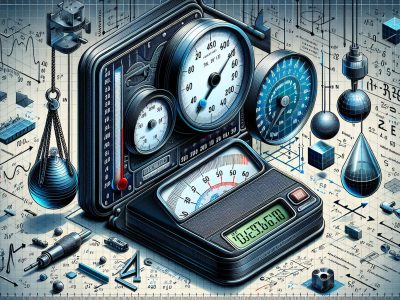Dynamic Versus Static: Understanding the Key Concepts
When confronted with the terms “dynamic” and “static,” you’re delving into concepts that describe change and constancy. These notions influence domains from programming and physics to everyday life, shaping how solutions, systems, and challenges are navigated and addressed. Through this article, you will uncover the nuanced differences and application opportunities offered by both dynamic and static principles, empowering you to make informed decisions in varied contexts.
Defining Dynamic and Static
What Does Dynamic Mean?
The adjective “dynamic” derives from the Greek word “dynamikos,” which refers to power or force. In modern language, it describes elements or systems characterized by motion, change, or activity. Dynamic components adapt to their environment, evolve over time, and respond to external stimuli, making them versatile and responsive.
Characteristics of Static
Conversely, the term “static” reflects a state of stability, consistency, and unchanging nature. Static systems maintain their parameters over time, making them predictable and reliable. The word originates from “statikos,” implying stationary or halted movement.
Comparative Overview of Dynamic and Static
Advantages of Dynamic Over Static
Dynamic configurations excel in scenarios requiring adaptability. For instance, dynamic web pages adjust real-time content based on user interactions, fostering an engaging experience. They are well-suited for applications necessitating responsiveness to changing data or diverse user needs.
When Static Outshines Dynamic
Static alternatives shine when stability and low complexity are priorities. Static websites offer consistent, reliable presentations, consuming fewer resources and being less prone to technical issues. They’re often used for straightforward purposes where reactivity isn’t a major concern.
Applications in Various Fields
Dynamic and Static in Technology
From software systems to web design, dynamic and static approaches contrast notably. Static data structures provide efficient and fixed memory allocation, while dynamic ones allow flexible, on-the-go adjustments. Likewise, interactive websites leverage dynamic scripting, whereas basic static sites depend solely on predefined HTML.
Relevance in Physical Sciences
Physical sciences embody these concepts through contrasting phenomena such as dynamic motion versus static equilibrium. Understanding this dichotomy is fundamental to fields like mechanics, where both dynamic forces and static structures lay foundational importance.
Making the Right Choice: Factors to Consider
Understanding Your Specific Needs
Deciding between dynamic and static solutions starts with understanding the scope and requirements of your goals. Flexible workloads may hinge on dynamic designs, but fixed settings often find static solutions preferable.
Balancing Flexibility and Stability
A tailored approach often involves assessing the trade-off between adaptability and reliability. Dynamics include added resource requirements, while static configurations, though steady, may lack versatility.
Real-World Examples of Dynamic and Static Applications
Dynamic Versus Static in Everyday Life
In daily life, event-driven algorithms like online recommendations contrast with the static nature of printed schedules. This dichotomy showcases how dynamic and static principles translate into tangible applications, affecting decision-making and user experience.
- 2013 Infiniti JX35 Pros and Cons - November 18, 2025
- Axial Versus Appendicular Skeleton - November 18, 2025
- UberX Versus Comfort: An In-Depth Comparison - November 18, 2025







